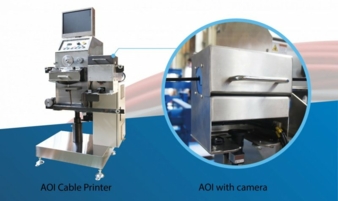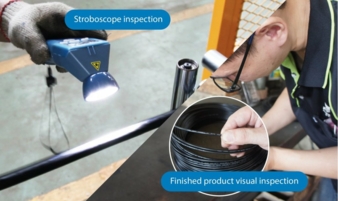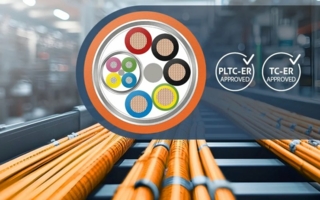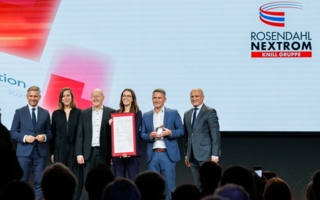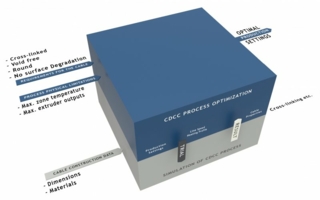10/12/2022 – State-of-the-art inspection equipment for wire and cables printers
Cable printers with “Automated Optical Inspection”
No one can deny that “high efficiency” is one of the most incentive terms for manufacturing industries. That is the reason why many companies continuously invest in new machinery as well as necessary upgrades for their existing production lines yet for some reason they seem to overlook the importance of their inspection tools.
In this regard, Pioneer Machinery tries to bring some changes to the wire and cable industry by merging cable printers with “Automated Optical Inspection” (AOI) technology, which allows the automatic inspection of the printing results via its grading system.
Human eyes can't successfully read nor recognise any written text on the surface of a cable that is running at any speed above 10m/s. Therefore, when it comes to printing inspection, people usually rely on one of these two methods: "finished product visual inspection" and "stroboscope inspection".
In the first case, the operator would have to visually inspect the finished cable, which has been previously winded into coils or bobbins. This method not only does not allow the detection of the flaw in real time but also implies a substantial amount of waste once the flaw is detected afterward.
Certainly, the use of a stroboscope brings some advantages when dealing with visual inspection in cable printing. The high frequency of the flash triggers vision persistence which freezes the image of the moving cable. This is very convenient when the operator flashes the stroboscope pointing at the cable. However, in practise operators need to check the printing quality every time after altering the line speed, but without auto-sync it may take a long time trying to adjust strobe frequency to adapt to new speed. Moreover, long-period staring at the flashing images causes syndromes like headaches, eye-soaring, and even vision deterioration. It's not a so-called worker-friendly environment, isn't it?
How does the AOI cable printer solve the above-mentioned problems? The AOI cable printer consists of an HMI, the AOI system, and the printer itself:
– The HMI allows operators to easily inspect the printed text directly through a screen.
– The whole essence of the AOI system resides in the high-speed camera which takes up to 50 FPS (frames per second) while synchronizing with line speed automatically.
– The AOI system determines the flaws through a grading system. In case the printed text does not meet a certain standard when compared with the source pattern, the system will trigger a notification.
As customers can see, applying the cable printer with AOI technology is like gaining a quality-checking assistant to help execute the whole quality-control process.
Pursuing higher efficiency is the most effective way for cable makers to increase both capacity and profit. Not only the production equipment but also those inspection tools should be upgraded as well. Maybe it's time to embrace these changes.
Pioneer Machinery Co., Ltd.
No. 9, Minzu St, Tucheng District
New Taipei City, 23679, Taiwan
Contact person is Stanley Wung
Tel.: +886 2 2268-1188
info@pioneerm.com
www.pioneerm.com

